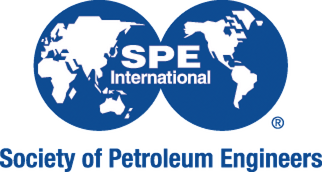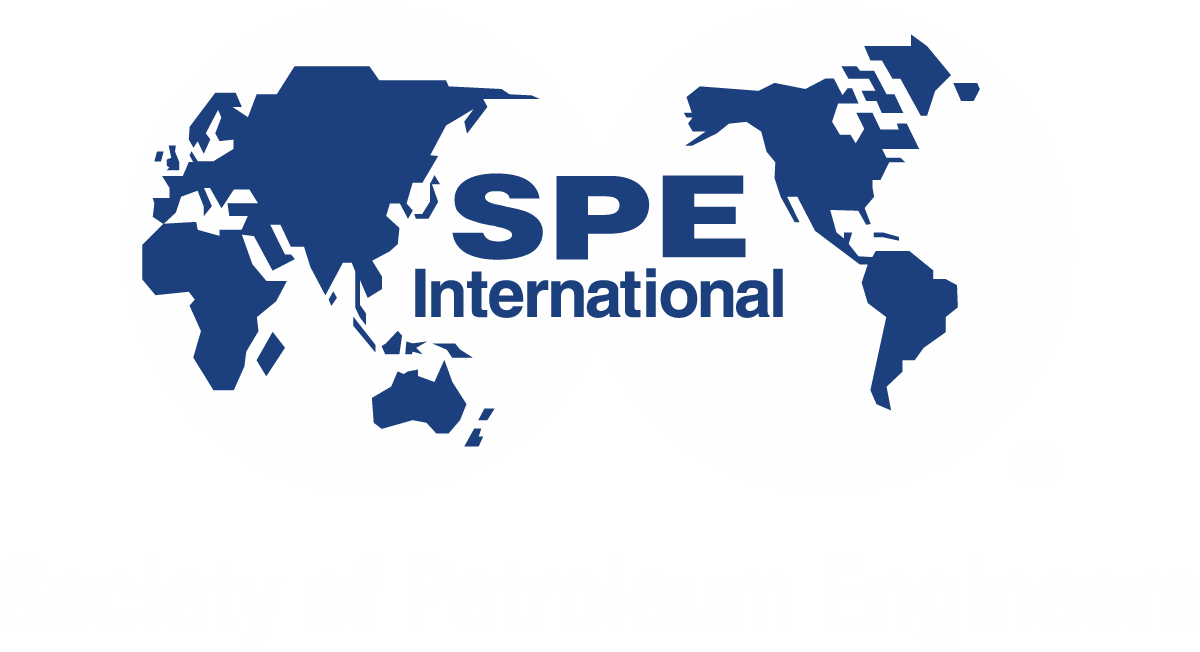CALL FOR PROPOSALS IS CLOSED
Thank you to everyone who submitted a proposal for this event!
By submitting a proposal, you have the opportunity to:
- Influence the technical program
- Present a technical session
- Become an author in OnePetro
If your paper is chosen, you will receive communications for next steps.


